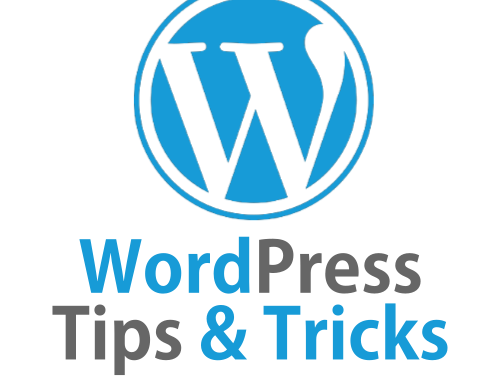In our latest article we talked about the importance of ensuring your website is ready for the potential flood of traffic you could see from the ever-growing “cyber Monday” online shopping day.
While we looked at things you could do within your hosting environment to make sure you are prepared, there are things you can also do which you may not have direct control over, but which you can influence.
#1 – Check to see how many other sites are hosted on your IP – Sometimes, even if your website is perfectly optimized for a glut of traffic, it can still be impacted by other sites hosted on your web server? These sites you have no control of, so you want to be sure that their impact on your site is minimized. To do this, you want to first see how many sites share your hosting. There is an easy way to do this.
Simply go to this site: http://whois.domaintools.com/ and put your website name in the box, then hit the “lookup” button.
You will see all sorts of information about your own website, including when it was created, when it expires, who registered it (if privacy is not enabled), and even who hosts it.
But there’s one area we want to focus on – the IP address. Here you will see how many other sites share the IP address. While this isn’t always a perfect indicator it does show you potentially how many other sites might impact yours if they aren’t ready for Black Friday or Cyber Monday.
So even if hundreds or thousands of sites share your IP, if even 10% of them are also physically hosted on the same server as your site that could mean dozens or even hundreds of other sites which could affect your traffic.
It may be worthwhile to talk to your hosting provider about increasing your hosting resources, and even asking for a unique IP specific to your site. If it’s cost effective, consider getting a unique IP. This is because, in rare occasions, Google will penalize an IP address. That means all sites hosted on that IP could be impacted.
#2 – Check your site speed – Site speed is critically important these days. Not only to Google, but site users. Lots of research has been done showing that if a website doesn’t load quickly – within a few seconds, searchers will leave it. That’s lost revenue for you if your site loads slowly. Google also uses page speed as a ranking factor.
That’s why Page Speed is important. But you don’t have to fear, there are many speed testing tools out there.
Google Page Speed Insights is a free tool provided by Google which allows you to not only test your site’s load time, but it also provides Insights (as the name suggests) into way to improve your site’s speed. Most times you will get a ton of suggestions and the tool will make your site seem slower than it is. For example, you will get a lower rating because of external scripts, such as Google Analytics or YouTube on your site, even though you have no control over them.
That’s why I like to check with multiple tools and make whatever improvements I can based on all the tests I run, and not just Google’s.
GTMetrix is another one of those sites I use. I like this one because it’s a little more forgiving. Sure it will point out 3rd party issues, but it’s not as critical as Google.
Finally, I also use the Pingdom page speed tool. Much like GTMetrix, it’s more forgiving, but does provide other suggestions you won’t see on the other 2 tools.
The takeaway here should be that if all 3 tools provide the same feedback (to optimize images, for example) then you should do it. If there are easy things you can do from either of the 3 then you should also do that.
For example, simply moving YouTube and Vimeo scripts that were hard coded in my site theme from the header.php to footer.php improved my site speed scores on all sites greatly. As a side note, be sure to re-apply this change when you update your WordPress theme, if it is a WordPress theme update you apply in the future.
You’ve made the changes but site still slow?
This does happen – sometimes you’ve tweaked the code as much as you can but you still can’t get your speeds to increase that much. This is where a good CDN (Content Delivery Network) can help. The best part is, with one of them – Cloudflare – all that is required is a simple DNS change.
CloudFlare is a service which helps speed up your website by acting as a CDN as well as an anti-spam service. Setup takes less than 5 minutes and within a few hours you should see improvements in your site’s speed.
For example, with one client’s site we noticed a huge improvement in site speed. Before implementing Cloudflare, their site was taking 10-15 seconds to load. It didn’t matter how many code tweaks we did, it still wouldn’t get any faster.
Within 24 hours of implementing Cloudflare, the site was down to loading in 3 seconds!
Best of all, basic features of Cloudflare, including the CDN and some security features are all free.
So if you are concerned with the upcoming Cyber Monday shopping day, now is the time to review your site for potential problems and deal with them now rather than finding out too late that there are issues.
If you would like to know more about the information supplied here, please do not hesitate to Contact Us.






